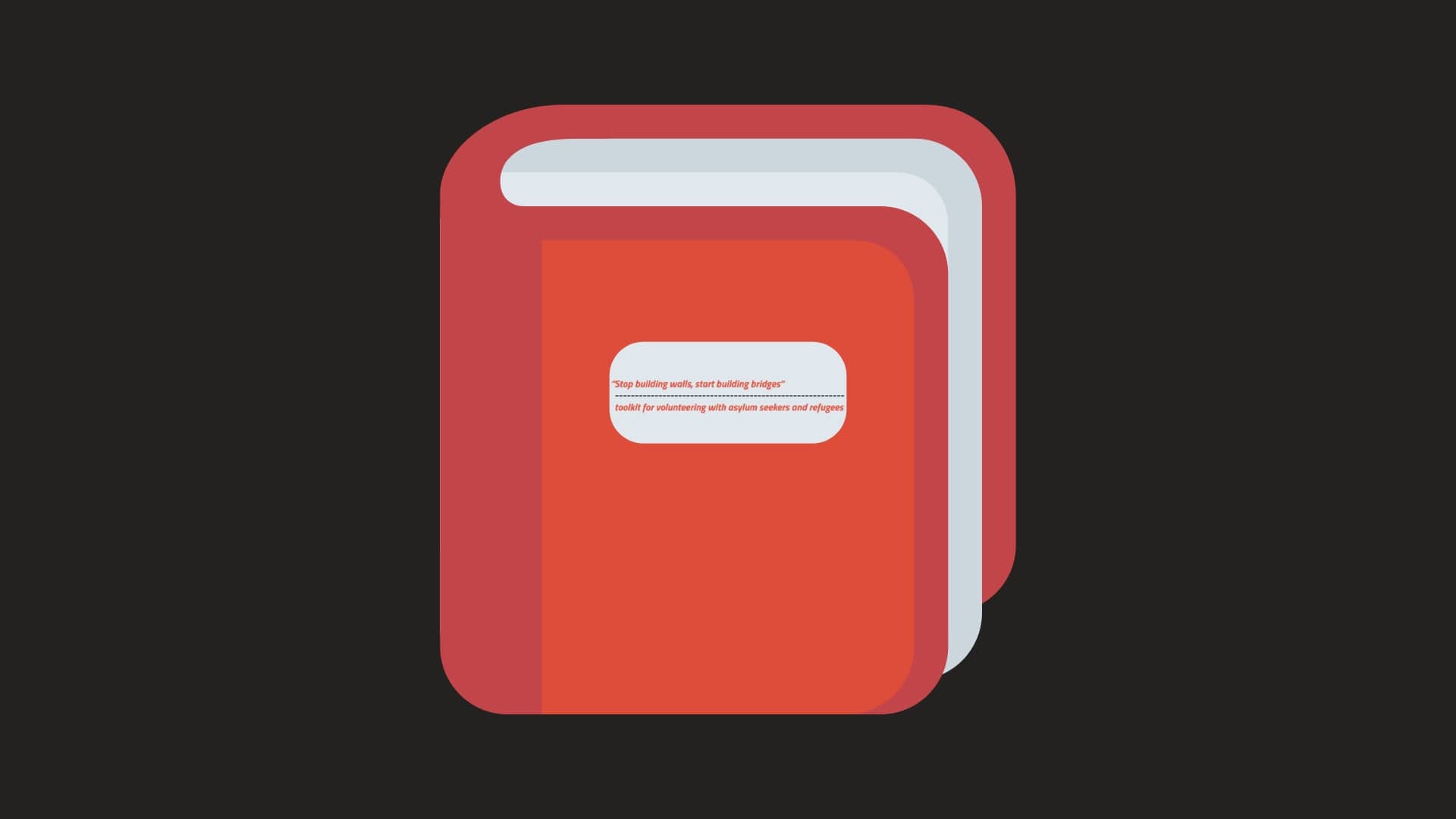
Building Bridges Toolkit
The Toolkit was designed to collect and share the know-how on voluntary projects involving people seeking or who have recently found refuge, as well as raising awareness on forced migration in general. The collection of guidelines, methods and case studies is non-exhaustive and should simply foster your own inspiration and support you in implementing projects on the topic. The creation of the Toolkit has been driven by the ever bigger need of the international SCI network to exchange best practices on projects in the field. It was coordinated by SCI Switzerland with the support of Útilapu Hungary. Its existence wouldn’t have been possible without the support of the Mercator Foundation Switzerland and the active contribution of the Building Bridges working group and a number of SCI branches.

METHODS AND TOOLS serve to support your work on the topic of refugees and migration with different target groups.
IMPRESSIONS OF WAR
Peace education game
Time needed: 40 min
Objectives / aim: Share thoughts about war, working with feelings and associations
Level of Difficulty: easy
Resources needed: Pictures of war scenes, pens, paper
Description
With this game you can explore how do people react to pictures of war scenes (what do they see, feel, associate?). The activity is easy to prepare but might have a big impact on the participants.
Steps:
1. Ask the participants to sit in a circle and provide them with pens and papers
2. Let them each choose one of the pictures that you prepared (the pictures should be covered, so that they can not select a specific one, but choose randomly)
3. Ask them to look at their picture and give them one minute to write down their first associations and feelings they have while looking at this picture
4. Afterwards they have another 5 minutes to structure their thoughts and prepare a one minute presentation on the picture and the impact it had on them
5. Go round the circle and ask the people to present their pictures and their associations in one minute
6. Give (according to your group size) short time for feedback and questions from the other participants and take notes
7. After the round go back to the controversial ones where you had the feeling the people wanted to say more about
8. Collect ideas in order to give a good summary of what has been said in the end.

Tips:
- You can already collect the ideas during the discussion on a flipchart paper, so that the participants can always see and remember the most important issues that have been raised.
- Remember that pictures can have a very strong impact on people! Even though you might want to choose rather extreme ones to provoke a lively discussion, consider that some people may react more emotional to images than to pure discussions. If possible try to inform yourself if any of your participants might experience a similar scene him/herself.

Links:
Reference / original source of the method:
No More War Toolkit, p.38 (former SCI campaign)
CONTRIBUTE!
You can share your experience, observations, tips and tricks, pictures etc. by uploading for instance a method or a case study to the Building Bridges Toolkit. As this Toolkit is a work in progress to which all involved parties are invited to contribute, we would also be very grateful for your support and contribution in order to inspire others to continue the work towards peace and intercultural understanding.
